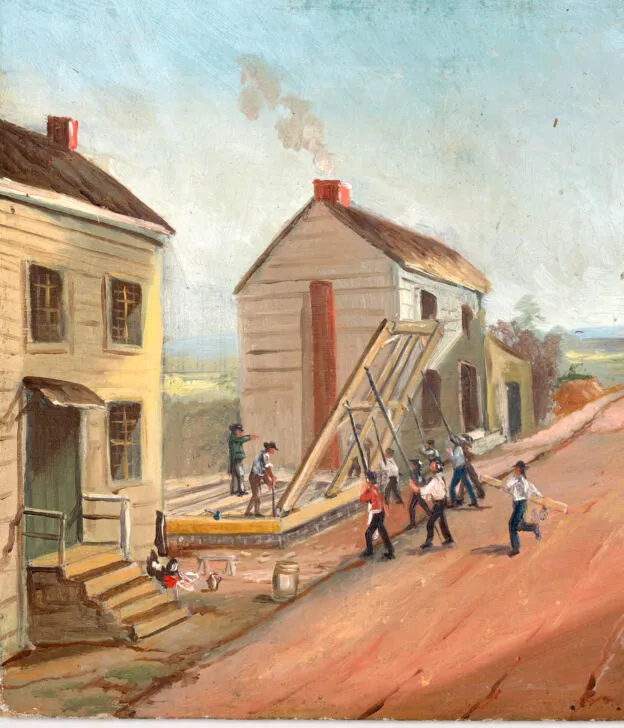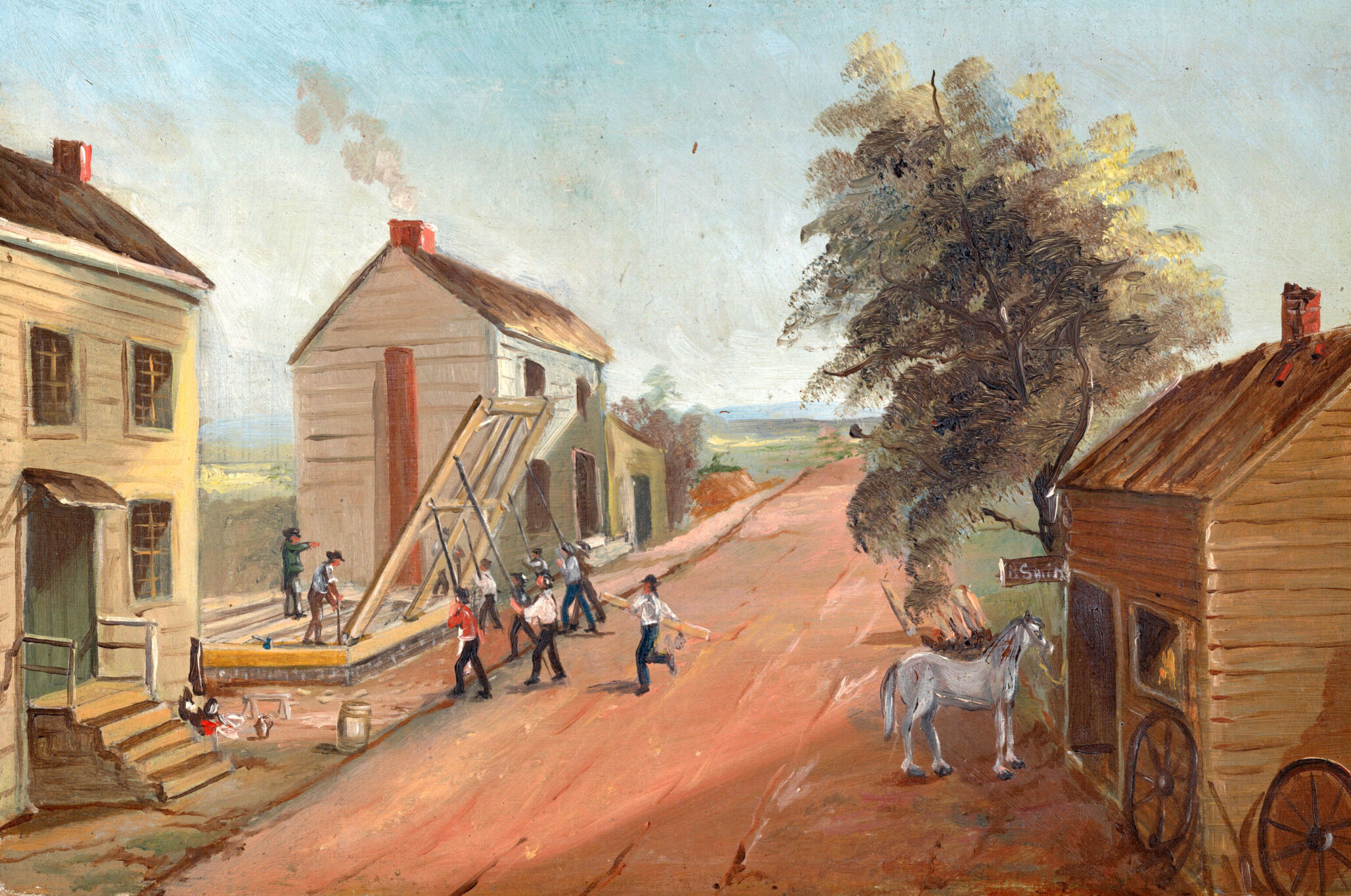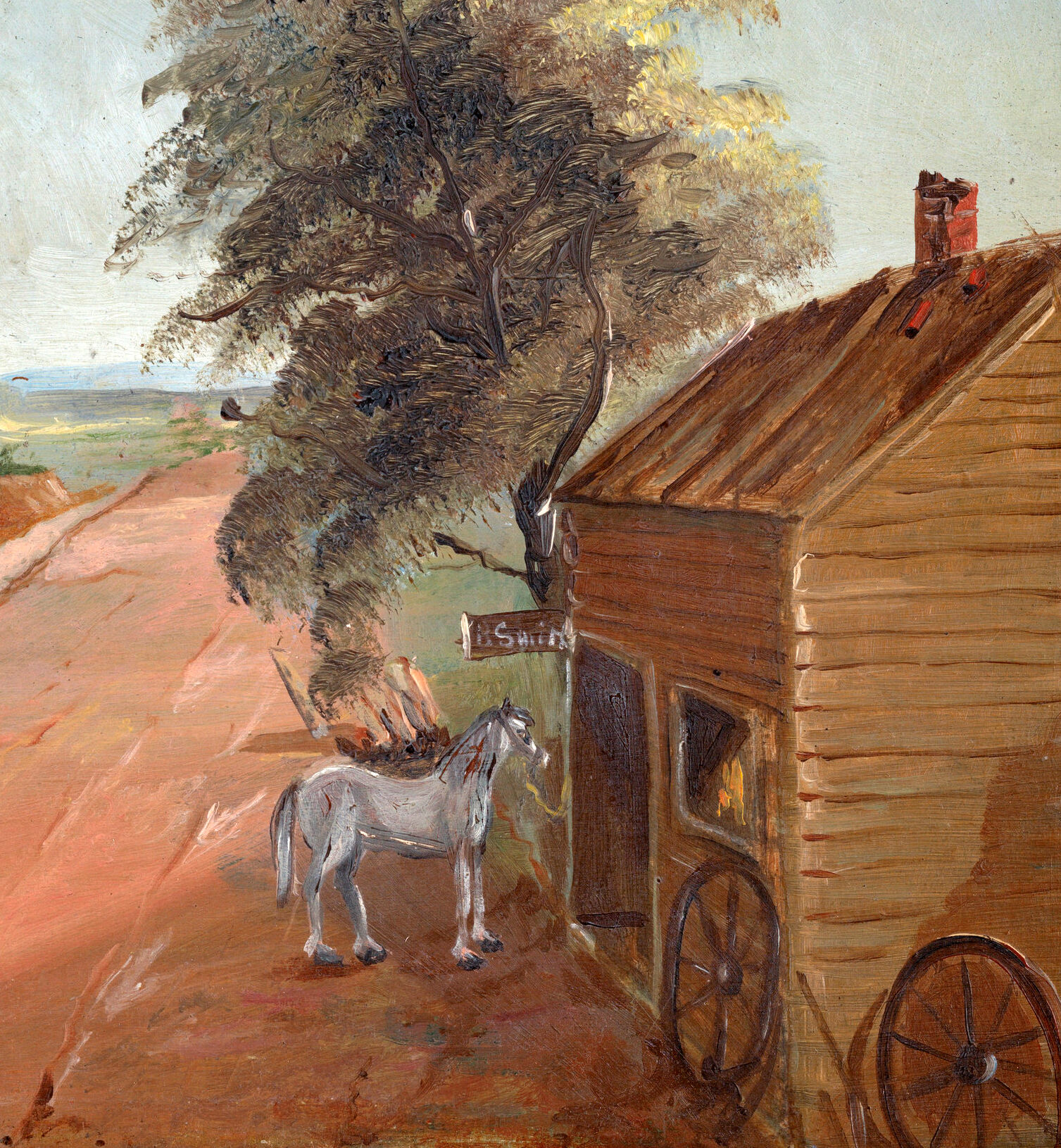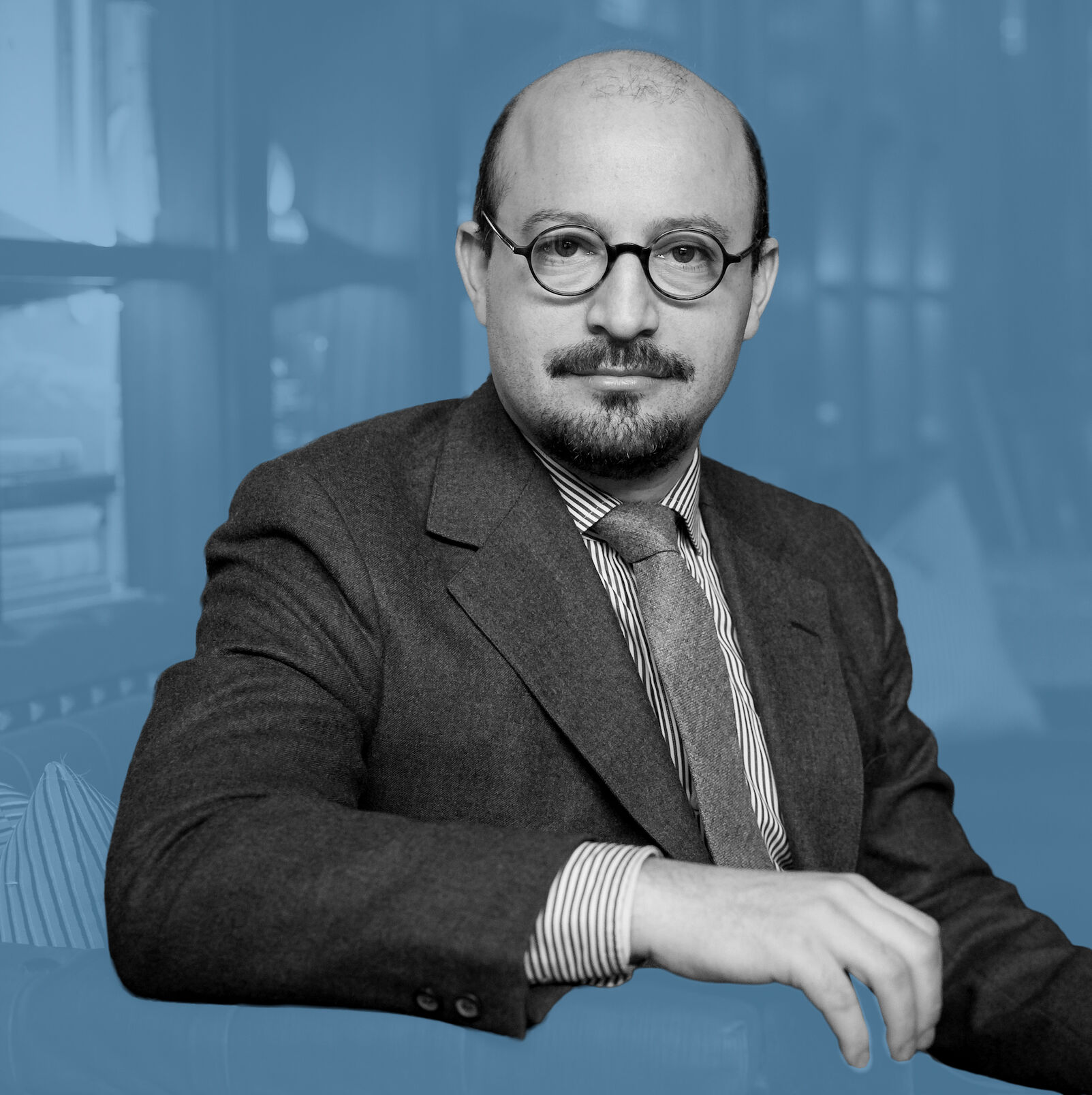
Building Citizens
Demonstrating a vision both aesthetic and political, Thomas Jefferson envisioned the US Capitol as “the first temple dedicated to the sovereignty of the people; embellishing with Athenian taste the course of a nation looking far beyond the range of Athenian destinies.” From the beginning, America’s leaders understood that civic education happens in stone and space as much as in schools. The buildings and monuments around us shape how we imagine our country and our place within it. For better or worse, civic architecture teaches citizens what kind of nation they inhabit and what kind of citizens they are meant to be. American political architecture, especially in its classical tradition, reflects the ideals of a self-governing people and draws all who encounter it into a shared communal inheritance.
The Founders chose classical architecture with care and intention. Their education in the political thought and public aesthetics of ancient Greece and Rome shaped how they understood the visual language of a democratic republic. Jefferson modeled the Virginia State Capitol on the Maison Carrée in Nîmes, a Roman temple he praised for its symmetry and strength. Completed in 1788, the Virginia Capitol was the first American building constructed in a pure classical temple form—it inaugurated a tradition in our nation’s architecture that has lasted until today. Jefferson believed his Capitol expressed order, permanence, and civic virtue. Placing it on a hill overlooking the James River, Jefferson hoped to signal Richmond’s place in the lineage of classical cities and to inspire a national style rooted in public ideals and adapted to democratic life.
George Washington, also an amateur architect, shared Jefferson’s conviction that architecture should embody national principles. He supported Jefferson’s vision for the US Capitol as a building of beauty and grandeur, reflecting the noble aspirations of the new American republic. The Capitol’s columned façade and planned dome offered a striking new symbol of unity and purpose. Even the word “capitol” was chosen deliberately to recall the Capitoline Hill of Rome, the symbolic heart of republican Rome and the site of its most sacred temple.

Architecture should embody national principles.
This approach carried through the nation’s capital and beyond. The US Supreme Court, a “modern” building from the 1930s, is a Greco-Roman temple with a Corinthian portico and grand staircase, which presents a formal ascent flanked by sculptures of “Justice” and “Authority.” The National Archives, a veritable temple to history, declares the dignity of public memory. The Lincoln Memorial draws on Greek forms to elevate a democratic statesman to the status of philosophical hero, while the Jefferson Memorial places its subject within the tradition he introduced to American public life.
This educational power of architecture is not incidental. Senator Daniel Patrick Moynihan liked to quote Jefferson: “Design activity and political thought are indivisible.” A well-ordered city of beautiful public buildings reinforces a well-ordered civic life. It signals continuity among past, present, and future. It suggests that public things are worth making beautiful, and that citizens belong to something enduring and shared.
That sense of belonging falters in the presence of buildings that feel anonymous, severe, or obscure. The rise of Modernist styles in federal architecture in the mid-twentieth century, such as Brutalism, brought forth structures that embody faceless bureaucracy, not America at its best. The Department of Housing and Urban Development’s headquarters, with its cold concrete and inhuman scale, communicates distance, impersonality, and unaccountable power. Such buildings sap civic pride and erode public trust.

“Design activity and political thought are indivisible.”
— Thomas Jefferson
Americans have not been indifferent to this decline. In a 2020 Harris Poll conducted for the National Civic Art Society, 72% of Americans preferred traditional architecture for US courthouses and federal office buildings. These preferences spanned regions, political parties, and racial and socioeconomic backgrounds. And recent legislative efforts, including the 2023 Beautifying Federal Civic Architecture Act and various executive actions taken by President Donald Trump, reflect a growing desire to restore grandeur and dignity to public buildings. These initiatives point toward a shared instinct: that what we build should elevate and unify.
The Founders understood this. Jefferson saw that an enduring republic requires buildings that embody the virtues it hopes to cultivate. That we still walk among buildings shaped by his vision reminds us that beauty, rightly understood, carries civic meaning across generations.

About the Author
Justin Shubow is president of the National Civic Art Society and the former chairman of the US Commission of Fine Arts.
